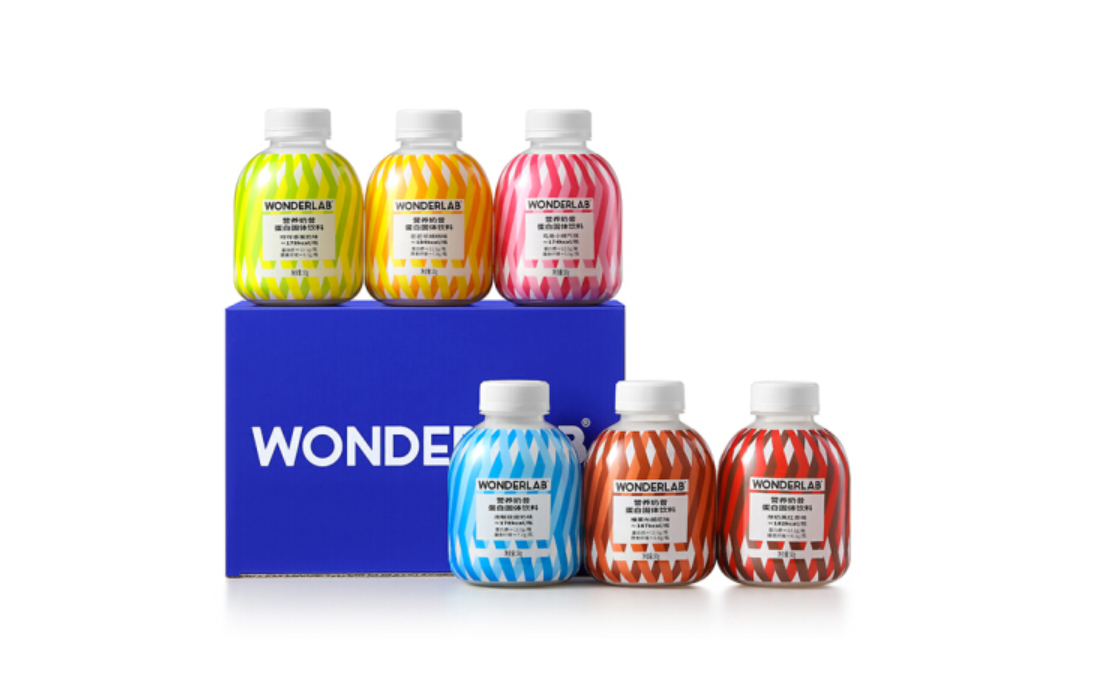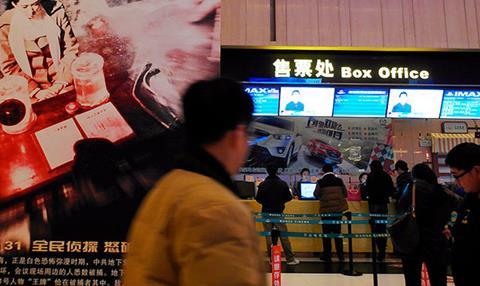2021 has passed, and although the COVID-19 epidemic is continuing, the daily life of Chinese people has gradually recovered. At the same time, the daily dietary preferences of young Chinese people have also changed dramatically.
The older generation of Chinese people mostly settled for three meals a day at home, or made meals in advance and brought them to work. In their view, self-cooking is cheap, hygienic and secure, which is the best choice. And at that time, there were basically staff dormitory areas near Chinese enterprises, and the short round-trip time also provided conditions for this.
With the development of the times, the income level of the younger generation of Chinese people is increasing day by day, and with it comes a faster pace of life, longer working and commuting times. With the rapid development of fast food and the take-out industry, people have more choices, and cooking for themselves at home has become far less cost-effective than before.
In recent years, fast food has also failed to satisfy young Chinese people’s quest for food variety and nutritional value. In the context of the epidemic, people are also more concerned about food safety, and take-out, which needs to go through stores, take-out workers, and even the company’s front desk before it can be delivered to consumers, is undoubtedly at a great disadvantage.
Shrewd Chinese catering industry practitioners seize this opportunity to cater to the needs of consumers to launch a variety of new products-Meal replacement, Cooking Kit and low-calorie food. The daily eating habits of Chinese young people are also changing rapidly.
The convenient meal replacement
As we mentioned in our previous article, although the concept of meal replacement foods was introduced to China as early as 2015, it wasn’t until 2017 that it really started to develop at a high rate. The meal replacement market size reached RMB 47.26 billion (About $ 7.44 billion) by 2020 and is expected to reach RMB 132.18 billion (About $ 20.8 billion) in 2022.

Compared to traditional meals, meal replacements certainly have an inherent advantage in terms of convenience, which is the same reason it was invented in the first place – to help people eat faster and get the nutrition they need.
Whether in China or overseas, there is a term that is mentioned with high frequency, “involution”. The high intensity of work and the fast pace of daily life have made meal replacement foods increasingly popular among young people in China. It saves people a lot of mealtime, and if that reason wasn’t enough, it helps people lose weight.
Traditional fast-food or take-out is often high in fat content and calories, providing consumers with the energy they need to do their jobs while often making them gain more and more weight. Meal replacements avoid this problem to some extent, as they are calculated and proportioned to provide satiety and daily nutrient requirements without people consuming too many calories.
In order to meet the needs of Chinese young people for a variety of food types, Chinese meal replacement companies have each launched different main products. For example, Wonderlab’s meal replacement shakes, probiotics, dietary fiber powder, Ruo Fan’s protein bars, WangBaoBao’s baked cereal and other meal replacements in different forms and flavors.
This has made meal replacements one of the favorites in the daily diets of young people in China today.
Low-cal food is very popular
As we mentioned above, although the pace of life for young Chinese has become faster, the need for body maintenance has always existed, which is the basis for the popularity of low-cal foods in China.

The concept of light food was first introduced to China from Europe, and filling the stomach and small portions can be said to be its original concept. With the arrival of the Chinese food health trend, it has also been a favorite among young Chinese consumers for some time.
However, the low sugar, low fat and low salt guidelines of light food staples make them healthy enough but always unsatisfying in taste. A light meal usually consists of a few vegetables, fruit and a small amount of lightly seasoned meat, but can cost twice or even several times as much as a fast-food meal. The more serious problem is that it does not provide people with the same satisfaction as conventional food, which makes it gradually classified as a low-cost effective performance food.
Low-cal, zero-cal foods came into view at this time, purple potatoes, oats and other kinds of low-cal staples not only to avoid excessive calorie intake, but also to provide enough satiety, began to come to the people’s table.
Low-cal sauces also offer a new condiment option for young people in China. Traditional mayonnaise has a fat content of mostly 70% or more; low-fat mayonnaise has a reduced fat content of around 30%, the value that is even around 3% in ultra-low-fat mayonnaise. The presence of these low-cal dressings makes vegetable salads and boiled chicken breasts seem less unpalatable.

Food companies such as VEpiaopiao are taking low-cal to the extreme, introducing products such as 0-cal vinaigrette, salad dressing and chocolate sauce. They replace the white sugar originally used in flavorings with sugar substitutes such as erythritol, reducing the amount of calories contained therein to an extremely low level. It is worth mentioning that although these seasonings claim to be “0 calories”, in fact, there will still be about 1 gram of fat per 100 grams, but it is negligible.
Similar to this is the 0-carb bread, whose main ingredients are water, wheat gluten, wheat protein isolate, and different types of dietary fiber. With a few slices of bread eaten, the intake of carbohydrates is almost zero, and its preparation is in a sense more like molecular cuisine.
In addition to food, sugar-free drinks that use sugar substitutes such as erythritol are increasingly popular among young Chinese, and companies like Genki Forest, which specializes in sugar-free drinks, have taken the opportunity to capture a large market share.
If you work in a Chinese company, you are likely to find that your colleagues around you are eating low-calorie food and drinking sugar-free drinks at lunchtime, and even snacking on 0 carbs in the afternoon.
A more authentic taste
Meal replacements and low-cal foods/drinks represent the Chinese people’s quest for healthy and convenient food, while cooking kits represent their obsession with taste.
You can think of the cooking kits as another form of instant noodles, except instead of noodles and sachets of seasoning, the package contains a real dish. Just open the package and put it in the microwave for a while, and a dish that is almost the same as take-out is ready.
The cooking kit has a nutrition table with the energy, protein, fat and carbohydrate content. This makes it more reassuring than take-out, at least you can be sure it’s within the shelf life. What’s more, many small restaurants or takeout platforms sell nothing more than heated cooking kits.
Convenience is also one of the advantages of cooking kits, microwave heating is much faster than making your own at home, even faster than ordering take-out.

If you open an online shopping platform like Taobao or JD, you can find dozens or hundreds of different flavors of cooking kits, which cover almost all the dishes commonly found in Chinese restaurants.
Compared with the meal replacement and low-cal foods mentioned above, the taste is the biggest advantage of the cooking kit. In the words of a friend, it has the “wok hei”, making it much more like cooked by a real chef. For Chinese people who are not so concerned about calorie intake, cooking packs are definitely a better choice.
The Chinese capital market is also bullish on these products, as they promise to standardize Chinese food for fast food, thus incubating a Chinese food brand like McDonald’s or KFC. But we doubt it, because Chinese fast-food chains have actually existed in another form for many years.
While a number of young Chinese are choosing new forms of dining, the vast majority are still opting for traditional brick-and-mortar restaurants and take-out. Only compared with the pre-epidemic, people pay more attention to the dining environment and food safety, and more people choose to eat in fast food chains and small brand restaurants. We can often see chain restaurants like McDonald’s, Nancheng Xiang, etc. have a lot of people picking up their food during meal times, while the little unknown restaurant next door may have only 1 or 2 customers.
We believe that for young Chinese consumers, more convenient, healthier and tastier food and beverage products will be something they seeking for.




